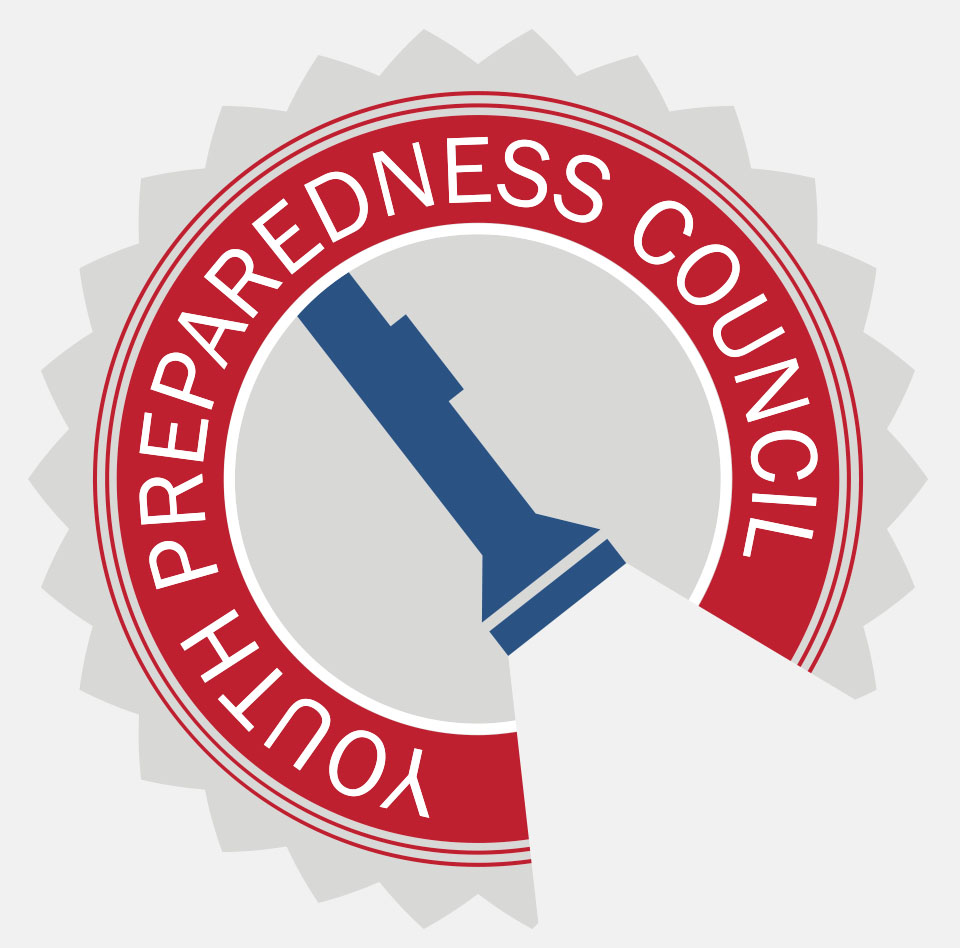To videos FULL SCREEN click the YouTube Icon First.
#KIDZBOPUltimatePlaylist #KIDZBOP #DanceMonkey
KIDZ BOP Kids - Dance Monkey (Official Music Video)
https://youtu.be/FiXCxfWWwPo [3:25 minutes]
Mount Baker Stratovolcano© ™ ® last erupted in 1843. It is where the westward moving North America Tectonic Plate, coming from the Mid-Atlantic Ridge, collides with, and rises above the eastward moving Juan de Fuca Tectonic Plate. It is one of a series of volcanoes along the 1,000 kilometre long Cascadia Volcanic Arc. It is active, 18 kilometres south of the Canadian border, 108 kilometres east of Vancouver, Canada. The USGS rates Mount Baker Stratovolcano© ™ ® as a Very High Risk.
I experienced my first magnitude 7.0-7.5 earthquake when I was almost 23 months old. It almost knocked me to the ground. That 1946 Vancouver Island earthquake struck Vancouver Island on June 23 at 10:15 a.m.[1] with a magnitude estimated at 7.0 Ms[2] and 7.5 Mw.[6] The main shock epicenter occurred in the Forbidden Plateau area northwest of Courtenay. While most of the large earthquakes in the Vancouver area occur at tectonic plate boundaries, the 1946 Vancouver Island earthquake was a crustal event. Shaking was felt from Portland, Oregon, to Prince Rupert, British Columbia. This is one of the most damaging earthquakes in the history of British Columbia, but damage was restricted because there were no heavily populated areas near the epicentre, where severe shaking occurred. There were, however, a whole series of landslides in the Forbidden Plateau area there were a whole series of landslides blocked streams and rivers to create lakes. The first hikers into the area gave them great names, Landslide Lake, Rock Fall Lake, Earthquake Lake etc.; over time these natural dams were eroded to nothing, leaving nothing but fading memories of those lakes. This earthquake is Canada's largest historic onshore earthquake.[1]
Three years later, an earthquake, an M8.1, struck at 8:01 p.m. PDT on August 2, 1949 in Haida Gwaii [formerly Queen Charlotte Islands], an interplate earthquake that occurred on the ocean bottom just off the west coast of the main south island [Graham Island]. The shock had a surface wave magnitude of 8.1 and a maximum Mercalli Intensity of VIII (Severe).
Countdown to next earthquake drill at 10:17AM, Saturday, October 17, 2022
This work is licensed under my Creative Commons Attribution 4.0 International License.
.
SOUND ON >> TO WATCH FULL SCREEN start the video and click on the YouTube Icon at the bottom and expand there. Later When you close that window you will be brought back here.
To videos FULL SCREEN click the YouTube Icon First.
#KIDZBOPUltimatePlaylist #KIDZBOP #DanceMonkey
KIDZ BOP Kids - Dance Monkey (Official Music Video)
https://youtu.be/FiXCxfWWwPo [3:25 minutes]
björk : mutual core
https://youtu.be/-WnzRqCK6Fs [5:14 minutes]
By Iceland native björk 605K subscribers
Wow. I feature you in many of my works https://stangwebb.blogspot.com/,s https://cascadiamegaquake.blogspot.com/, https://mountbakerstratovolcano.blogspot.com/, https://manfromminto.blogspot.com/, https://newiceland2.blogspot.com/, etc
https://youtu.be/NiJLOMxcNLk [3:40 minutes]
Science 6: group 4 ? ?Saint Mary's Academy of Carmen,Cagayan de Oro City,Philippines Mah first evah videoooo ?゚ルネ Made with love ? and hardwork?
 |
| Simon Fraser University (foreground) Kulshan Stratovolcano© / Mount Baker Stratovolcano (background)© Image by Stan G. Webb - In Retirement©, An Intelligent Grandfather's Guides© |
 |
| Kulshan Stratovolcano© / Mount Baker Stratovolcano |
https://youtu.be/tFb8cLSpt3g [9:02 minutes] Click YouTube Icon to open a new Window; from there you can expand to Full Screen.
 APPLY
ONLINE TO JOIN FEMA’S YOUTH PREPAREDNESS COUNCIL
APPLY
ONLINE TO JOIN FEMA’S YOUTH PREPAREDNESS COUNCIL